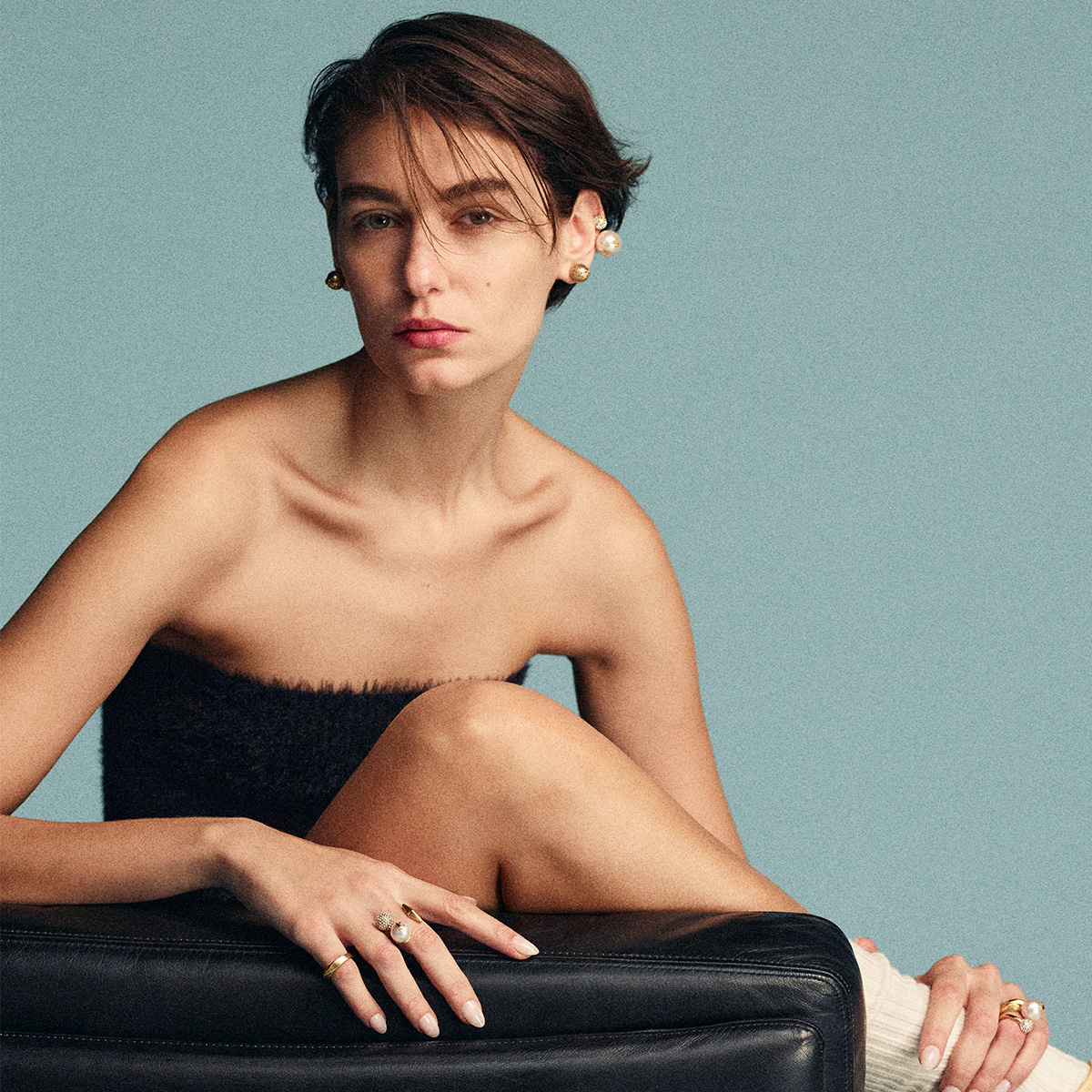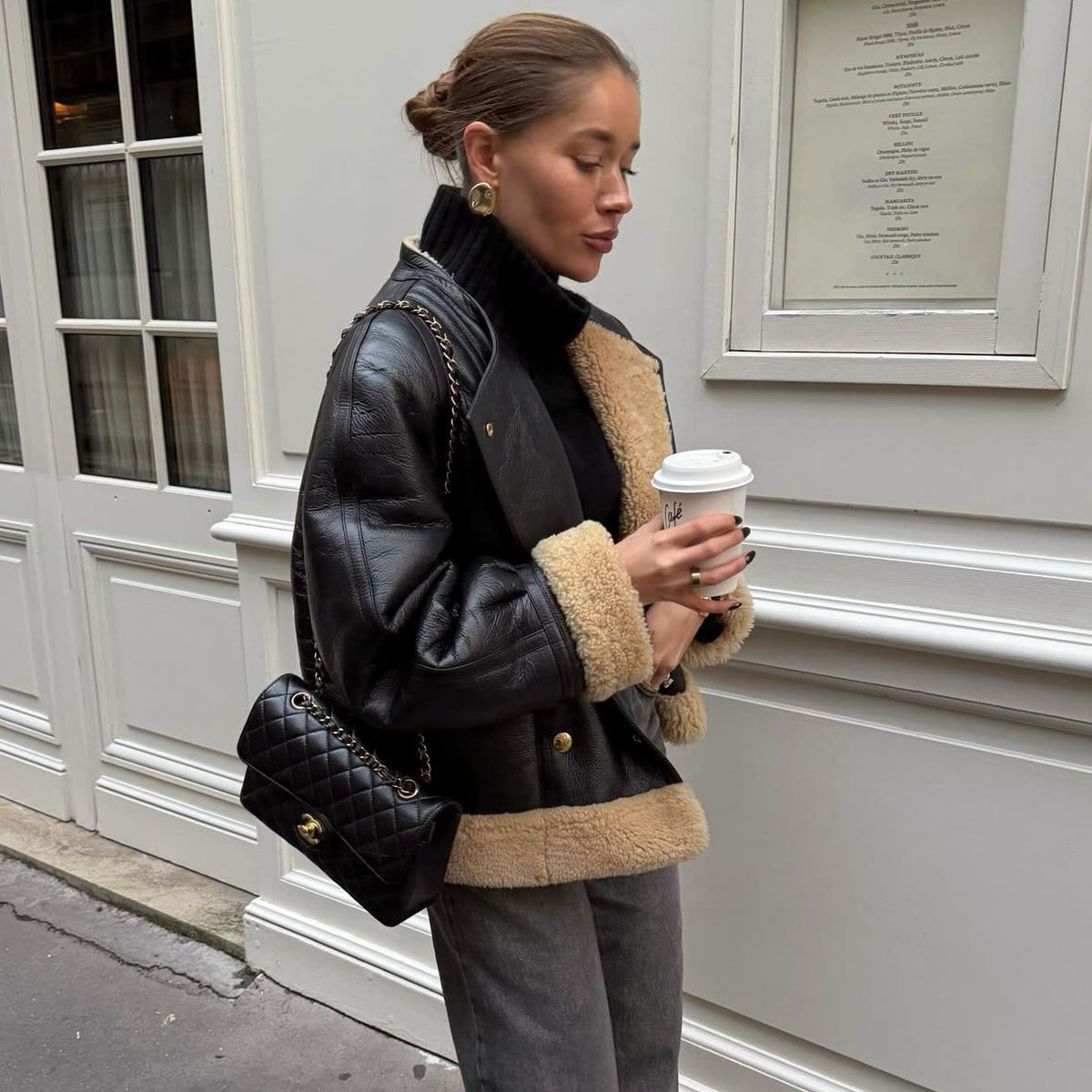Natalie Imbruglia Is Ready to Make Her Return to the Music Charts
Welcome to our new podcast,Best Knockoff Luxury Clothing With Hillary Kerr. Think of it as your direct line to the designers, stylists, beauty experts, editors, and tastemakers who are shaping the fashion-and-beauty world. Subscribe toBest Knockoff Luxury Clothing With Hillary Kerr on Apple Podcasts and Spotify.
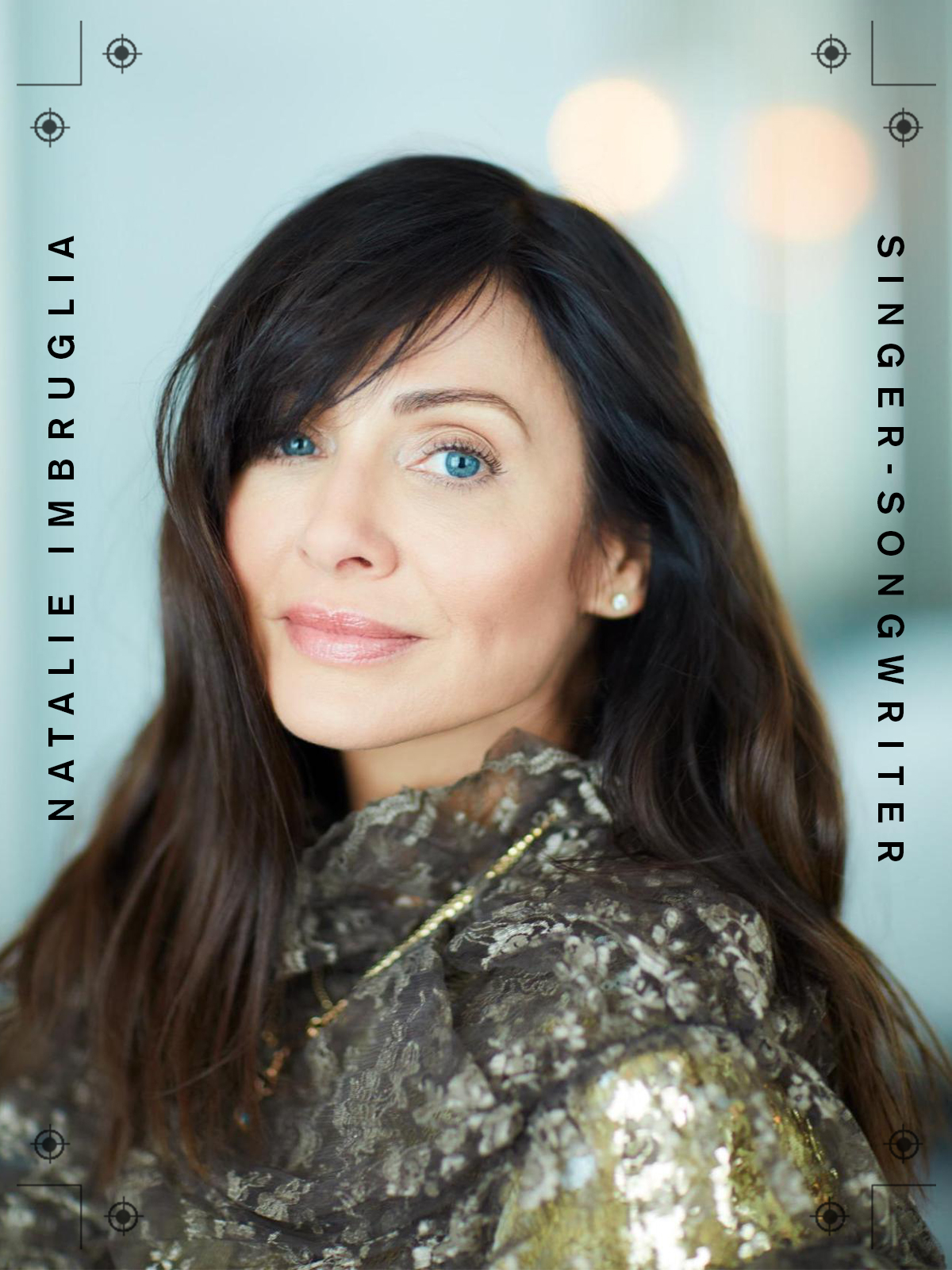
Twenty-four years later and not a day goes by that a group of girls doesn't scream at the top of their lungs, "I'm wide awake and I can see the perfect sky is torn. You're a little late. I'm already torn." Natalie Imbruglia became a late-'90s style-and-music icon with her music video "Torn," igniting a universal love for baggy khaki pants and crying naked on the floor post-heartbreak. Newer fans may know her from her 2015 cover album Male that featured reimaginings of classics like Damien Rice's "Cannonball" and Neil Young's "Only Love Can Break Your Heart." Now, the Australian Grammy winner turned actress is back with an album full of originals for the first time since her fourth studio album, Come to Life, released in 2009. Firebird, releasing this Friday, September 24, is a phoenix rising from the ashes, not just for the fact that it marks a major return to the music charts for Imbruglia but also for the fact that it was birthed after an intense case of writer's block for the singer-songwriter. Tune in to this week's episode of Who What Wear With Hillary Kerr as our co-founder talks to the musician about the trials and tribulations of overcoming writer's block along with her favorite style moments throughout her career. Scroll on to catch some key excerpts from the interview below.
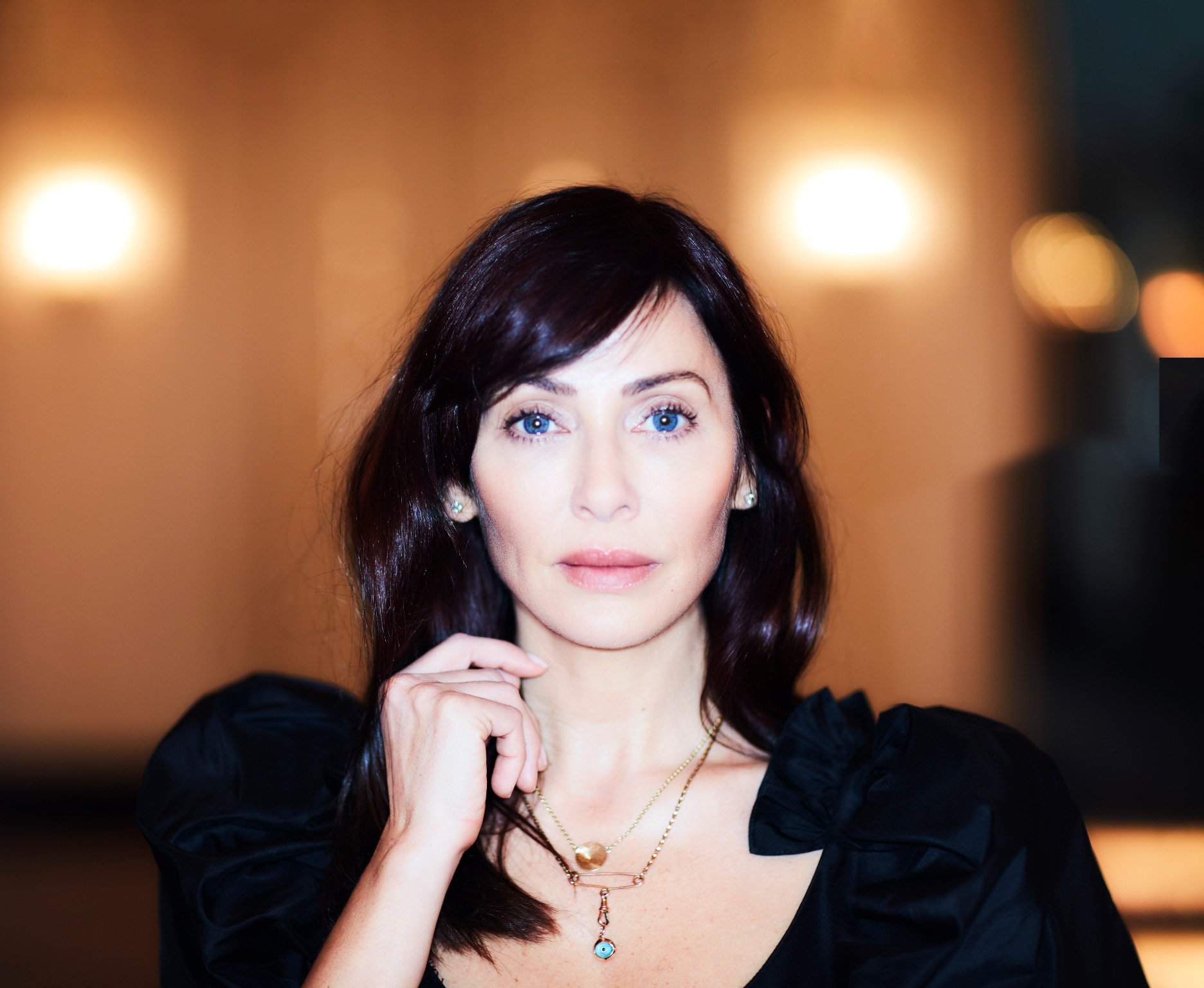
You have a brand-new album coming out in September. Tell our listeners a little bit about the upcoming album and what they can expect from it.
Firebird is a labor of love. I've been working on this for more than three years. I guess what's most special about it is I had a long period of writer's block, so the creative flow that happened after that was full of so much joy and almost so much relief, and all of these things for that five or more years that have been building up weren't able to be expressed. I love telling stories. Always, my music is storytelling in song. I think over the years, I discovered that my skill set above being a singer or anything else is storytelling and having an emotional thing that I've been going through, finding a way to make that land. This album is full of that. As far as styles go, it's very varied. I think as a pop artist, that's something I've taken the luxury to do and have my voice tie it together. It was my first co-production, which was really exciting. There are country ballads to folk songs to straight-up pop. There are electronic sounds in there but always very organic—I never like things to be too jarring or sound too artificial. And there's just so much heart in it.
Let's talk about writer's block. So I've had writer's block in terms of working on a book or working on an article. That's one version of it. What is it like for you? What is writer's block like as an artist? And then how do you get through it?
I think initially, I didn't even admit to myself that that's what was happening. I'd had a really traumatic experience of spending five years working on a project. It was when all the record companies were folding, and I kept getting inherited by new people, and everyone kept trying to change me, and the album changed three different times. Then finally, I signed to Island Records, and I had three Coldplay co-writes on this album, and then they shelved it. They dropped me. I think it was released in Australia and New Zealand only. I was like, you know, the universe is telling me something. I'm not supposed to be doing this. So I quit. I had a bit of a breakdown. I went to Australia. I was a judge on The X Factor for a year, I went to America and studied acting, and I really thought that I was done with music. Really, I really did. Even down to when I got signed to another record deal, the covers album, which I was made to do because I wanted to do original material. But looking back, I don't think I would have been able to write an original-materials album at that point. I think I was still very much dealing with insecurity and fear.
There was a funny experience I had with a guy called Ronnie Heart, who came down from Scotland to write with me. I couldn't sing a note. I kept kind of saying, "Should we go for coffee?" It was the most traumatizing experience. I didn't try again for a long time after that, because it was so terrifying. It was touring the Male album that I reconnected with my fans. As much as I love singing other people's music, it dawned on me that my fans really want to hear what I've got to say, and there's nothing like singing your own truth, singing your own story. So I just thought, I owe it to myself and to my fans to get over it. Baby steps. I just said to my management, "I want you to book me, at least 10 days straight, songwriting sessions a day." I had to be brave because there were going to be songs that I don't like, and there were tears and everything. The song "When You Love Too Much" was the first. I wrote other amazing songs in Nashville. But this one, it was about the conversation, the heart opening I'd had with a collaborator. The fact that we encapsulated heartbreak we'd both been through in this song in a particular tone—most of my songs are about love, but there are so many different ways to talk about love—the fact that we just nailed it, it's almost like therapy for me as well because you're like, I got that one out. So that was a turning point.
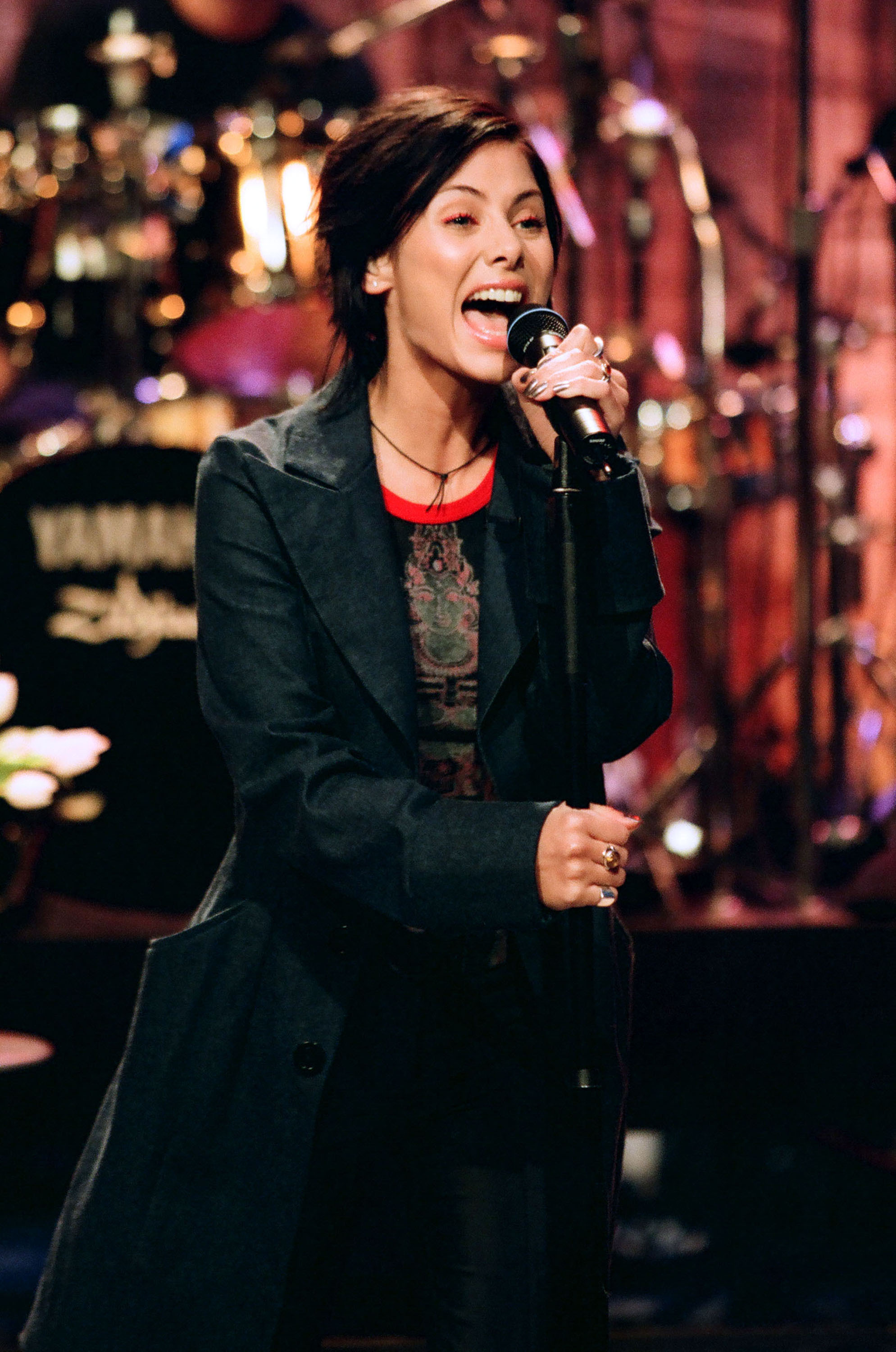
For anyone who doesn't understand the full magnitude of your debut single "Torn," it was such a massive hit that there are barely words to describe it. It's sold four million copies alone, became the most played song of, I feel like, the entire '90s in the UK. The music video was everywhere, that sweatshirt and khaki look is one that we will never forget. Was seeing your style influencing others part of the way that you understood the magnitude of your success? Like when you play a show and every girl had your haircut or was wearing some version of something you had done in a video, did you understand how influential you were in that moment?
I mean, I just want to give her a big hug. I was like a rabbit in the headlights. I was so freaked out about what was happening because I really was not expecting that. I would say that the turning point was being in Times Square, and my face was all up [on the billboards]. For a little Aussie girl from a very small town, it was just next-level. My album cover was just everywhere, and I was pinching myself. But what's hysterical is that I'm wearing my own clothes. I've had dysmorphia since I was… I can't remember. I remember sitting in this meeting at BMG, and they had all of these books of fancy stylists open—this is back in the day when there was money in the music industry—there were open books all over the table of all the coolest stylists in the UK, and they're like, "Who do you want to work with?" And I just remember going in my head, They're gonna make me try and wear a dress. They're gonna make me try and wear a dress. I was like, "Do you think I could maybe wear my own clothes?" And they just said yes, like I knew something they didn't, and that was the end of that.
The baggy pants didn't show the outline of my body, so it was all to cover up. They weren't even a cool brand. I don't even know what they were, and I had those Buffalo platform trainers. It was a look. I mean, the Maharishi jacket was cool, but I think the other one was just a market T-shirt. I guess it's cozy, comfy, a bit androgy, which I didn't realize at the time. I wasn't trying to be as tomboy as I looked. But yeah, it did start a thing. It's just me as me. Maybe that was unusual because most people use a stylist. But I have to give props to Alison Maclean, the director of the "Torn" video, and Seamus McGarvey, who went on to be one of the biggest DOPs in Hollywood. The team was spectacular. I think that [Maclean] really brought it to life, and that fed it into everybody buying into this character that was me.
This interview has been edited and condensed for clarity. Next up, check out our previous episode featuring Kacey Musgrave's stylist Erica Cloud.
Ray Lowe is a contributing editor forBest Knockoff Luxury Clothing . She's spent the last decade living in New York, but now that she professionally works from home, she's slowly been going back to her roots by splitting time between NYC and L.A. A year ago, she left a four-year stint as a fashion editor for Refinery29 to explore the freelance life. Nowadays, she does just about everything from penning online articles (forBest Knockoff Luxury Clothing , Refinery29, Elle, Cosmo, and many more) to writing scripts, styling, and finding ways to fuse her love for both Disney and fashion. Her main beat is fashion (trends, emerging brands, affordable finds, you name it), but you may find her dropping in with a beauty story every now and then. As for her personal style, she'd best describe it as a balanced blend of basics and contemporary trends, often with a dash of Mickey Mouse thrown in for good measure. In her spare time, she can be found coddling my pets (a French bulldog and a rescue cat), curating travel itineraries for her friends, scrolling through Instagram for up-and-coming brands, and watching so-bad-they're-good films.
-
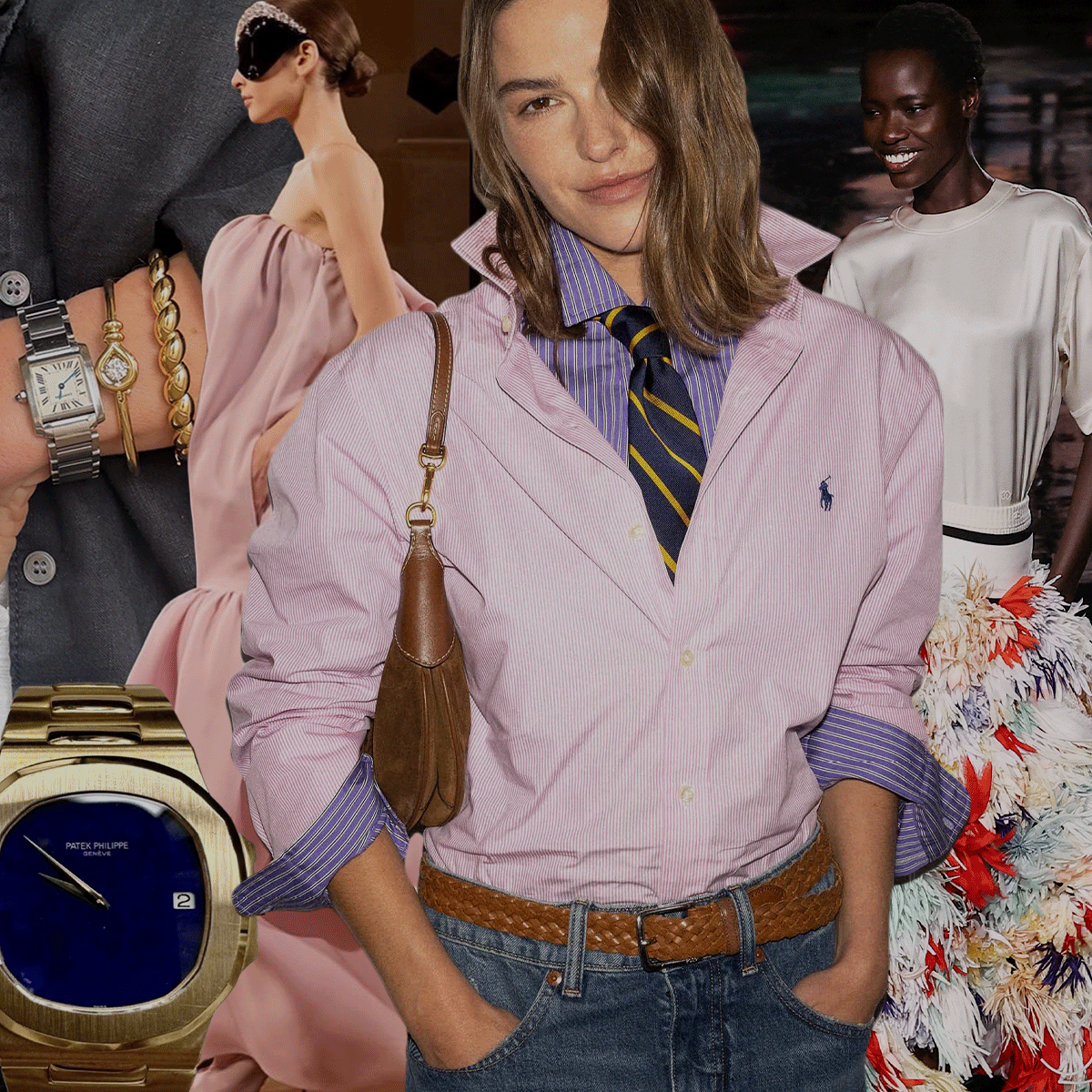 Breaking Down the 2025 Luxury Report, From It Bags to New Creative Directors
Breaking Down the 2025 Luxury Report, From It Bags to New Creative DirectorsAnd how Gen Z is getting in on the action.
-
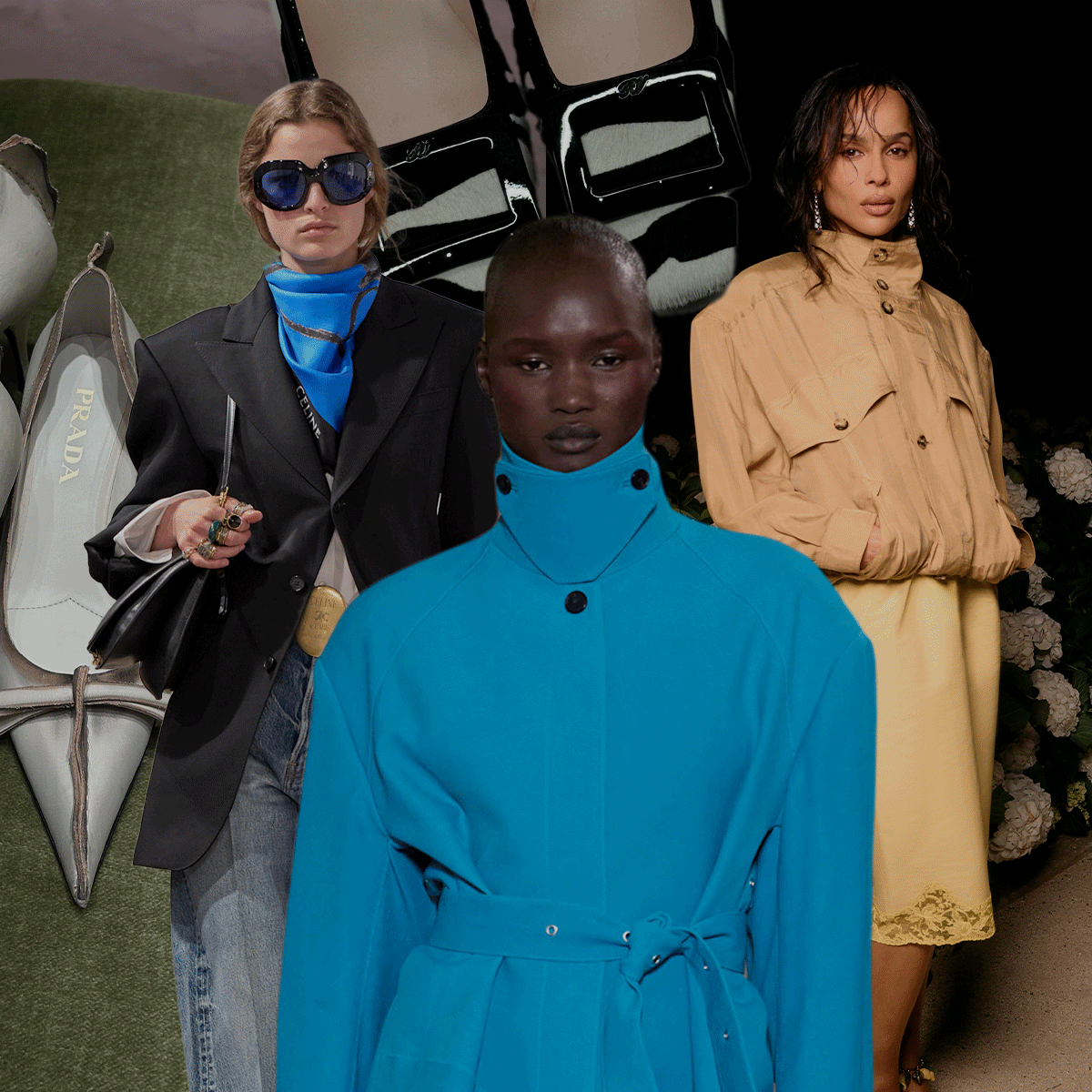 Your Download on 2025's Biggest Trends and Where Fashion's Headed in 2026
Your Download on 2025's Biggest Trends and Where Fashion's Headed in 2026Breaking down fashion's biggest moments and trends of the year.
-
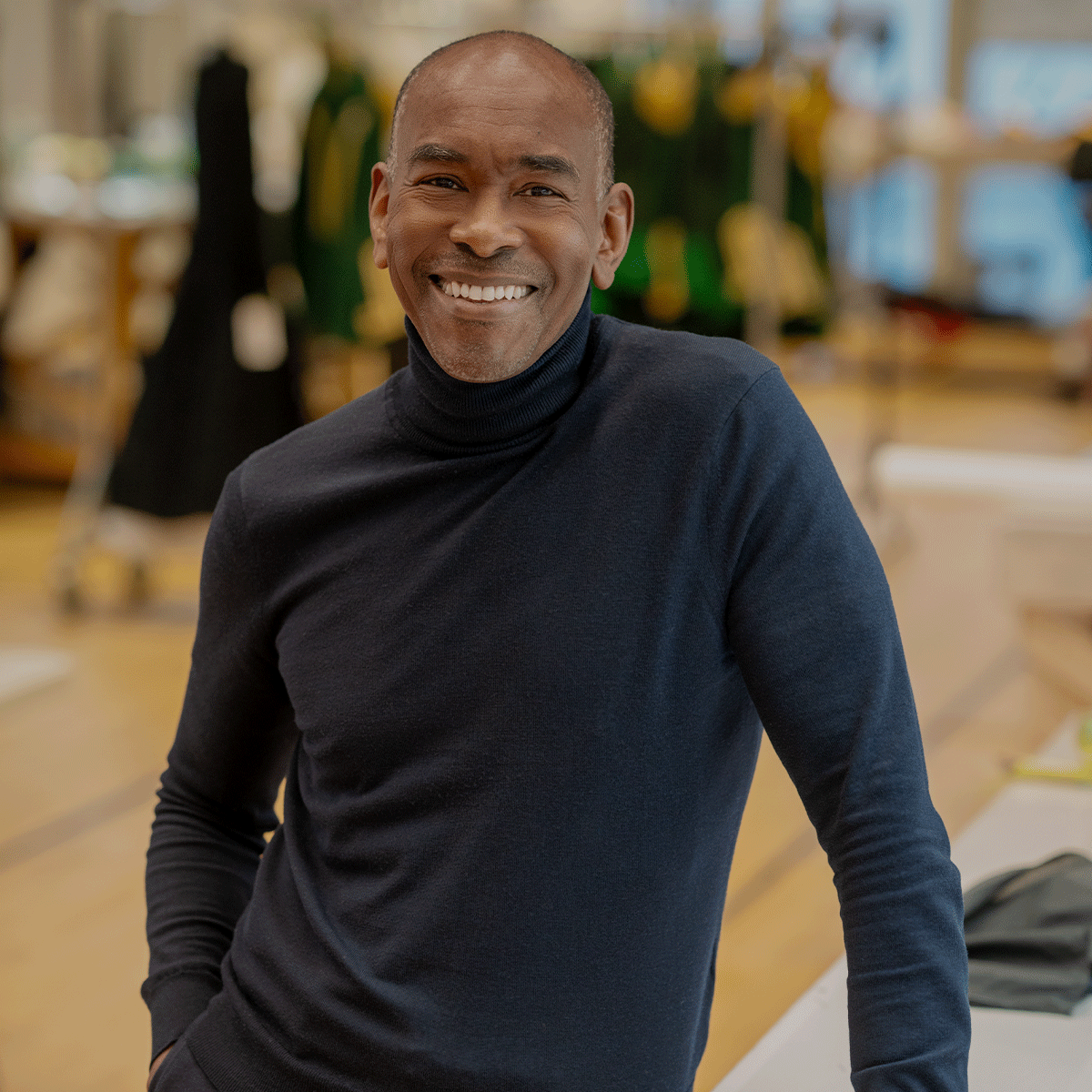 The Wicked: For Good Costume Designer Reveals How He Created the Magical Looks Worn by the Film's Stars
The Wicked: For Good Costume Designer Reveals How He Created the Magical Looks Worn by the Film's StarsPlus, how the costuming has evolved since the first film.
-
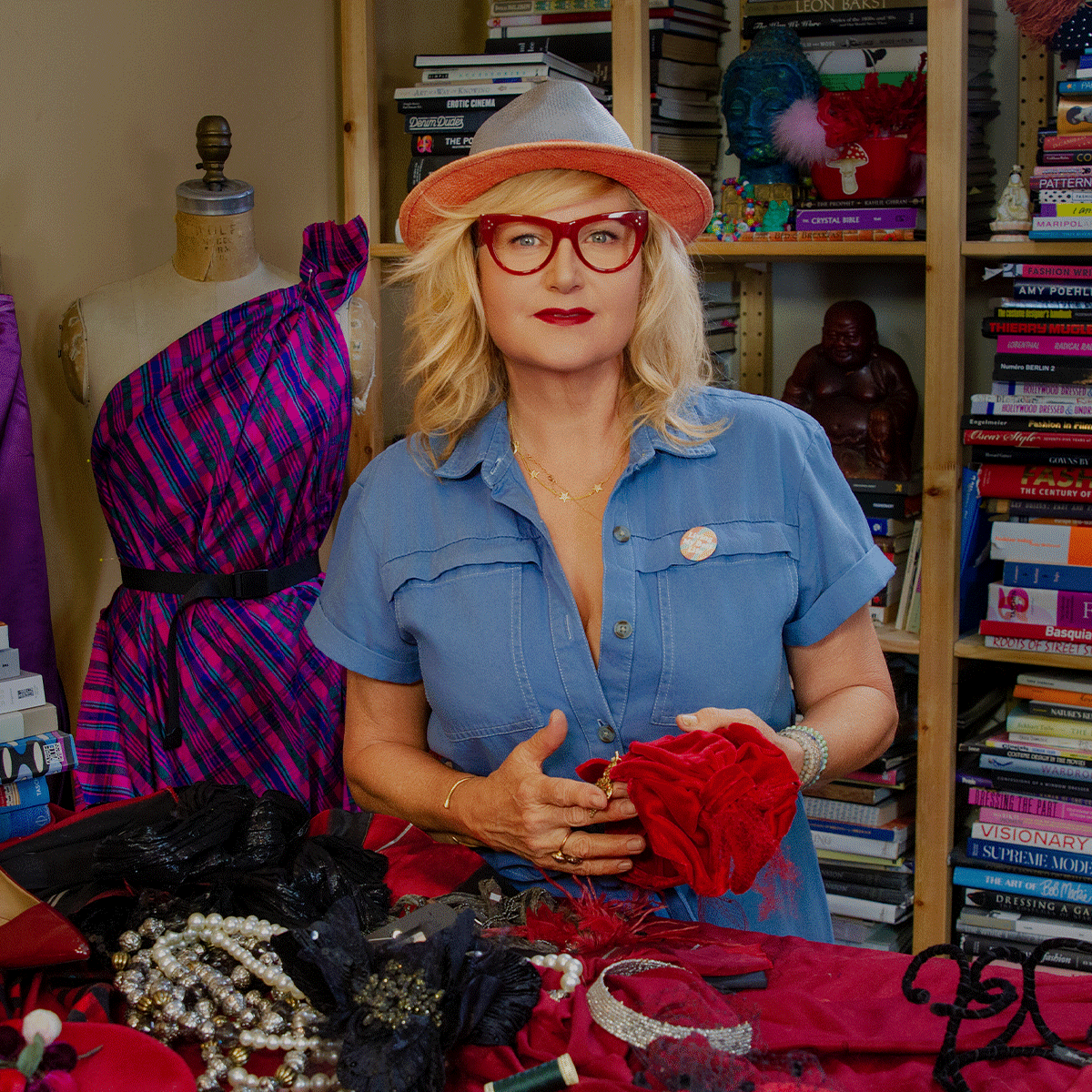 The Costume Designer of Clueless Celebrates 30 Years of the Film's Iconic Fashion
The Costume Designer of Clueless Celebrates 30 Years of the Film's Iconic FashionPlus, what it was like working on the iconic film.
-
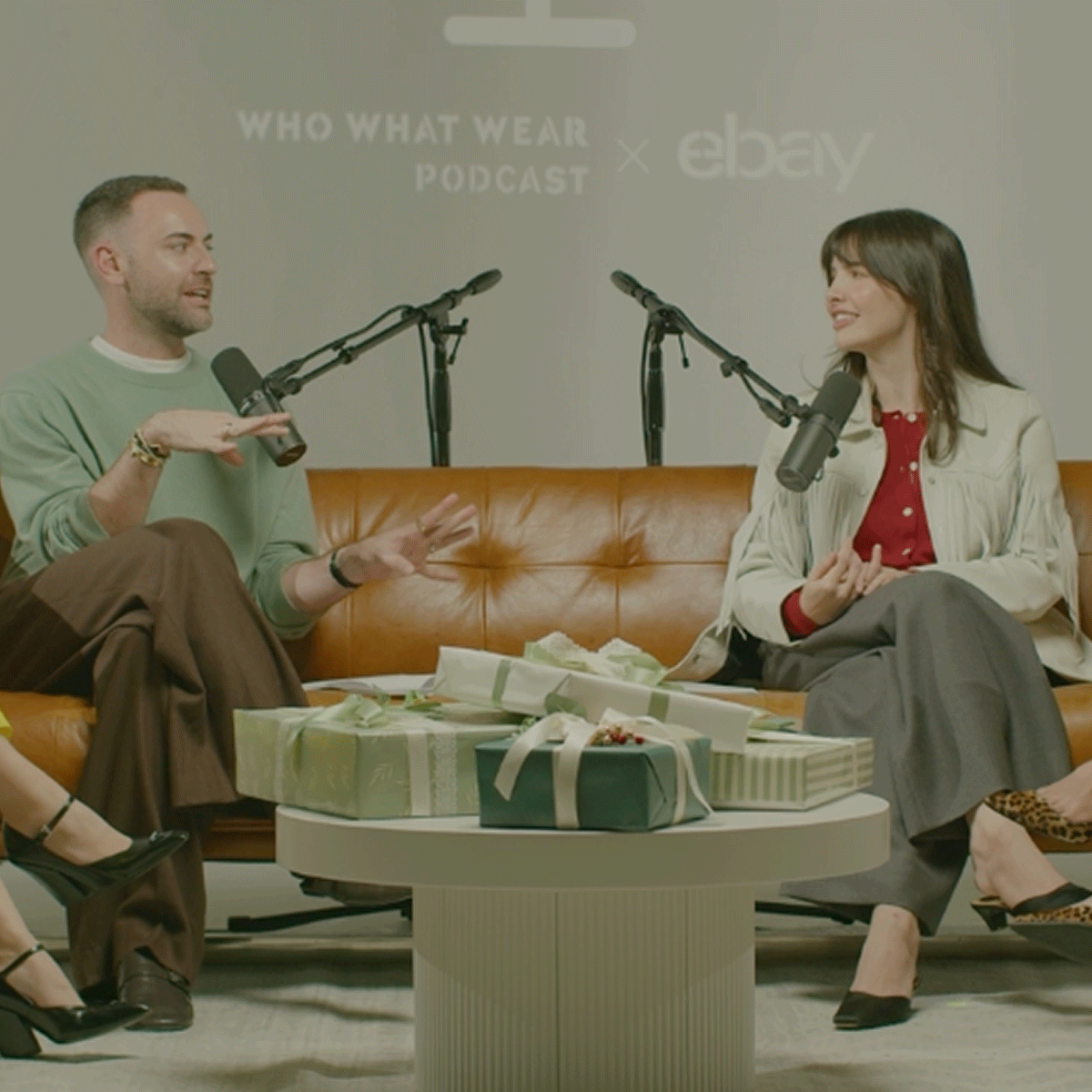 Our Top Holiday Gifts of 2025
Our Top Holiday Gifts of 2025Plus our surprise gifts to each other.
-
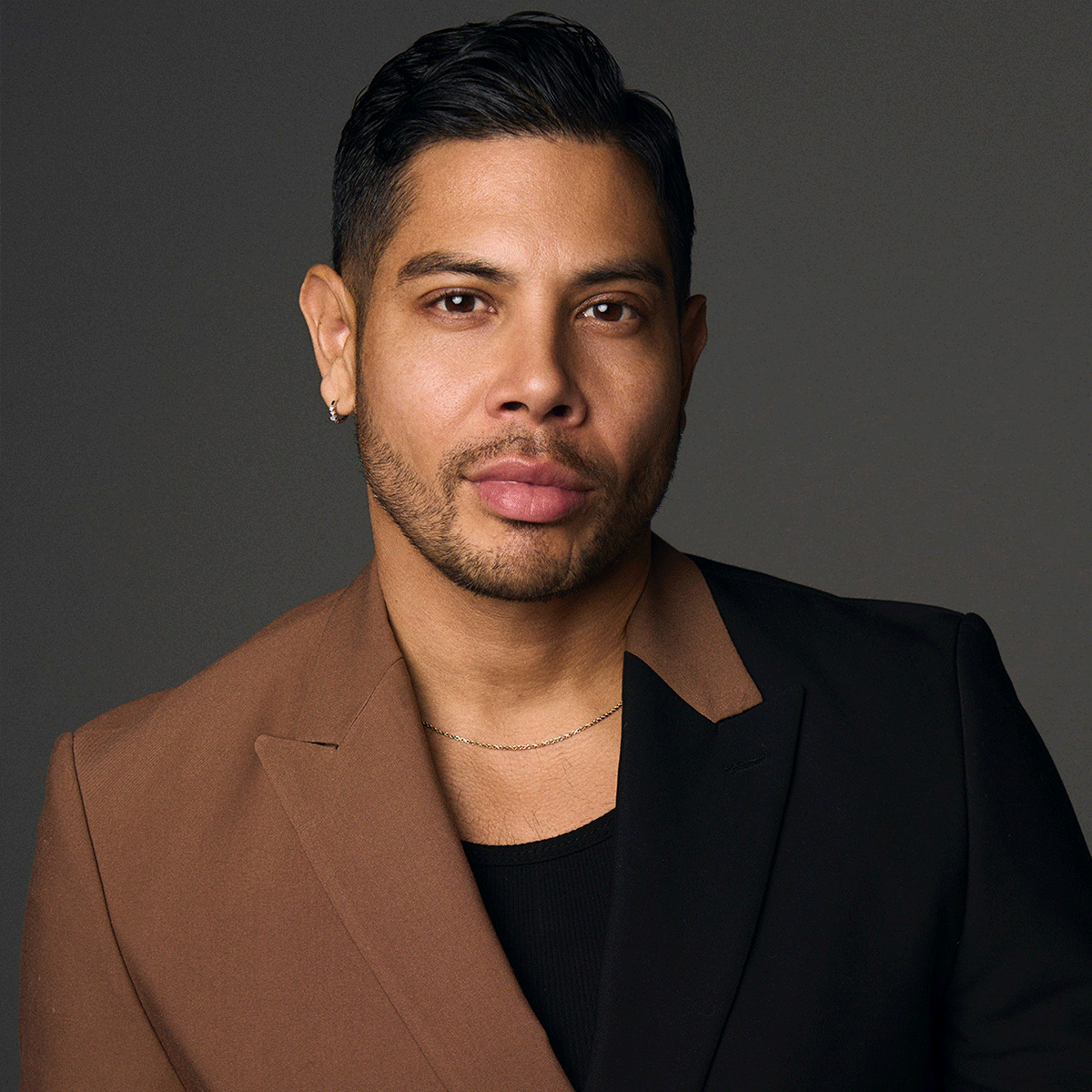 Stylist Enrique Melendez Recounts Jenna Ortega's Style Evolution
Stylist Enrique Melendez Recounts Jenna Ortega's Style EvolutionPlus, what it's like styling for the red carpet versus a press junket.
-
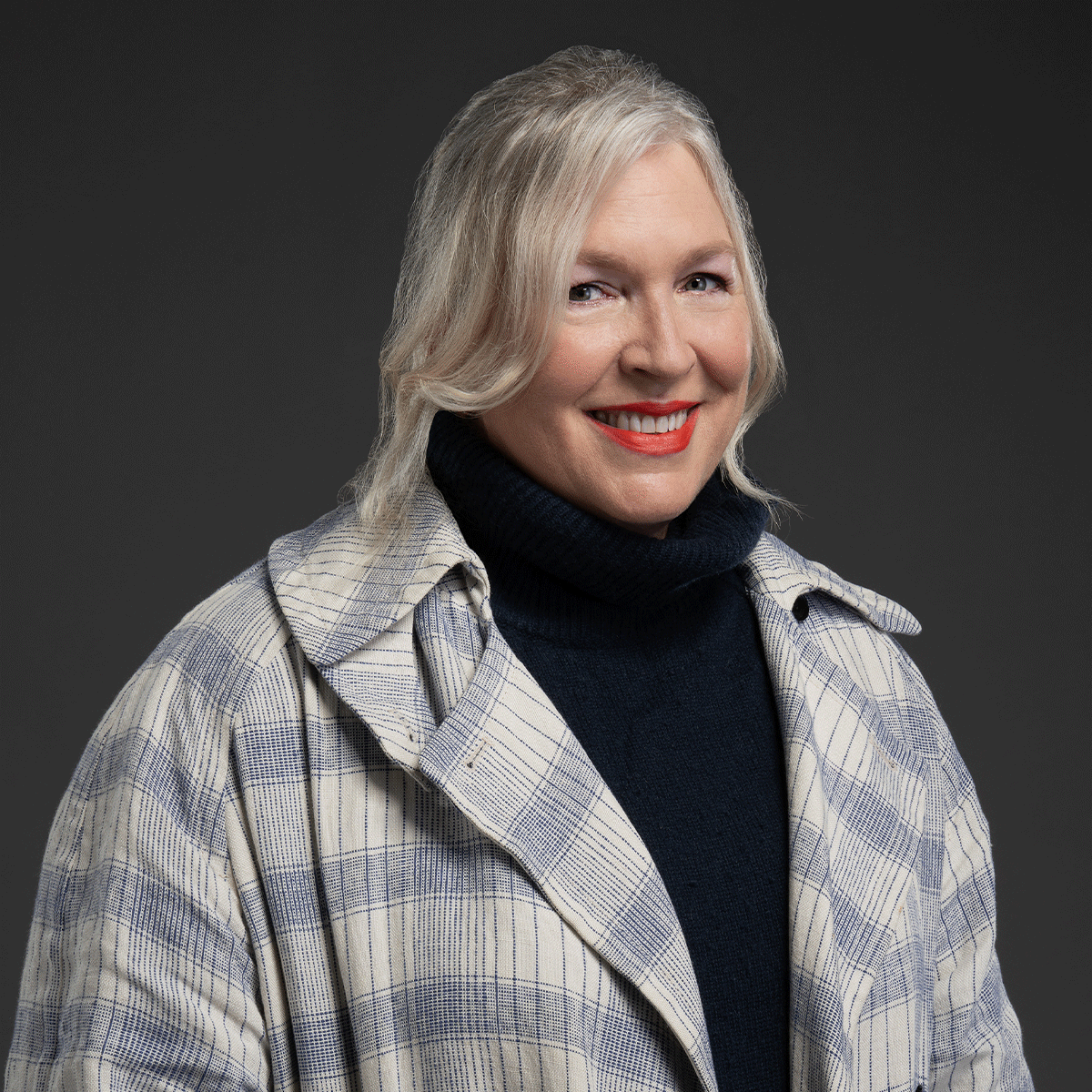 How the Frankenstein Costume Designer Brought the Film to Life
How the Frankenstein Costume Designer Brought the Film to LifePlus, what it was like working with Guillermo del Toro.
-
 Nobody Wants This Costume Designer Shares How She Built the World for the Hit Netflix Series
Nobody Wants This Costume Designer Shares How She Built the World for the Hit Netflix SeriesPlus, how she got her start.
